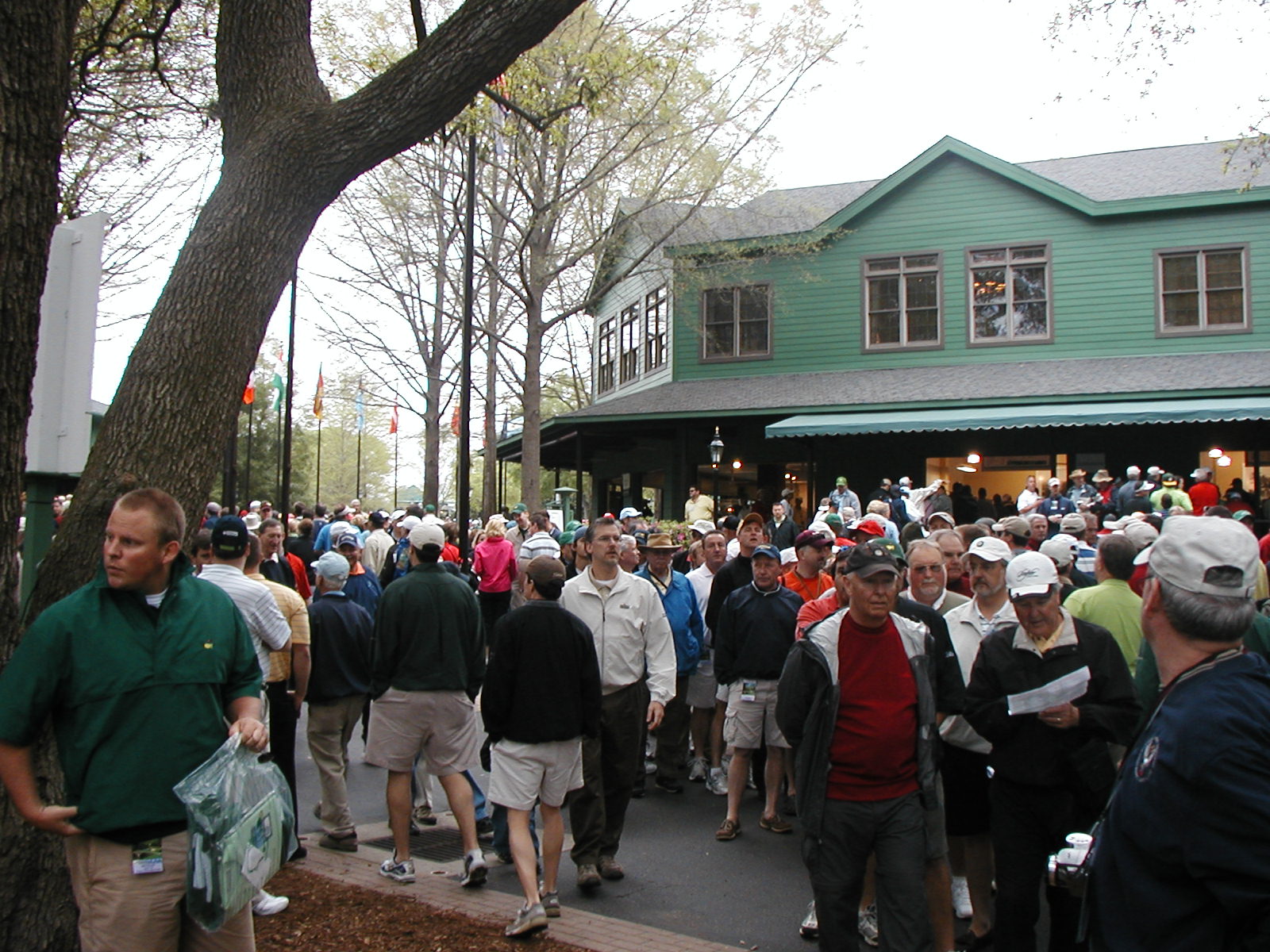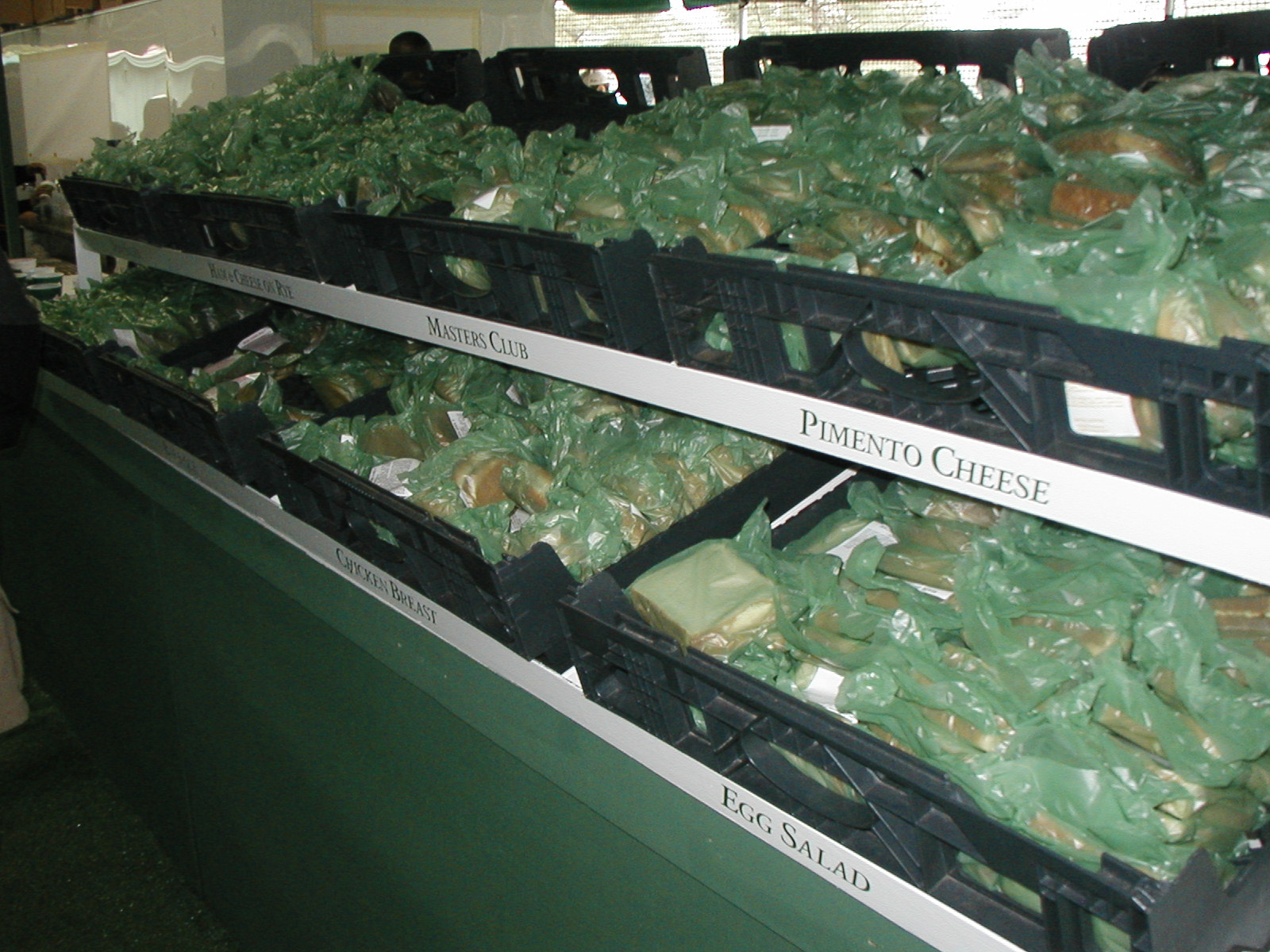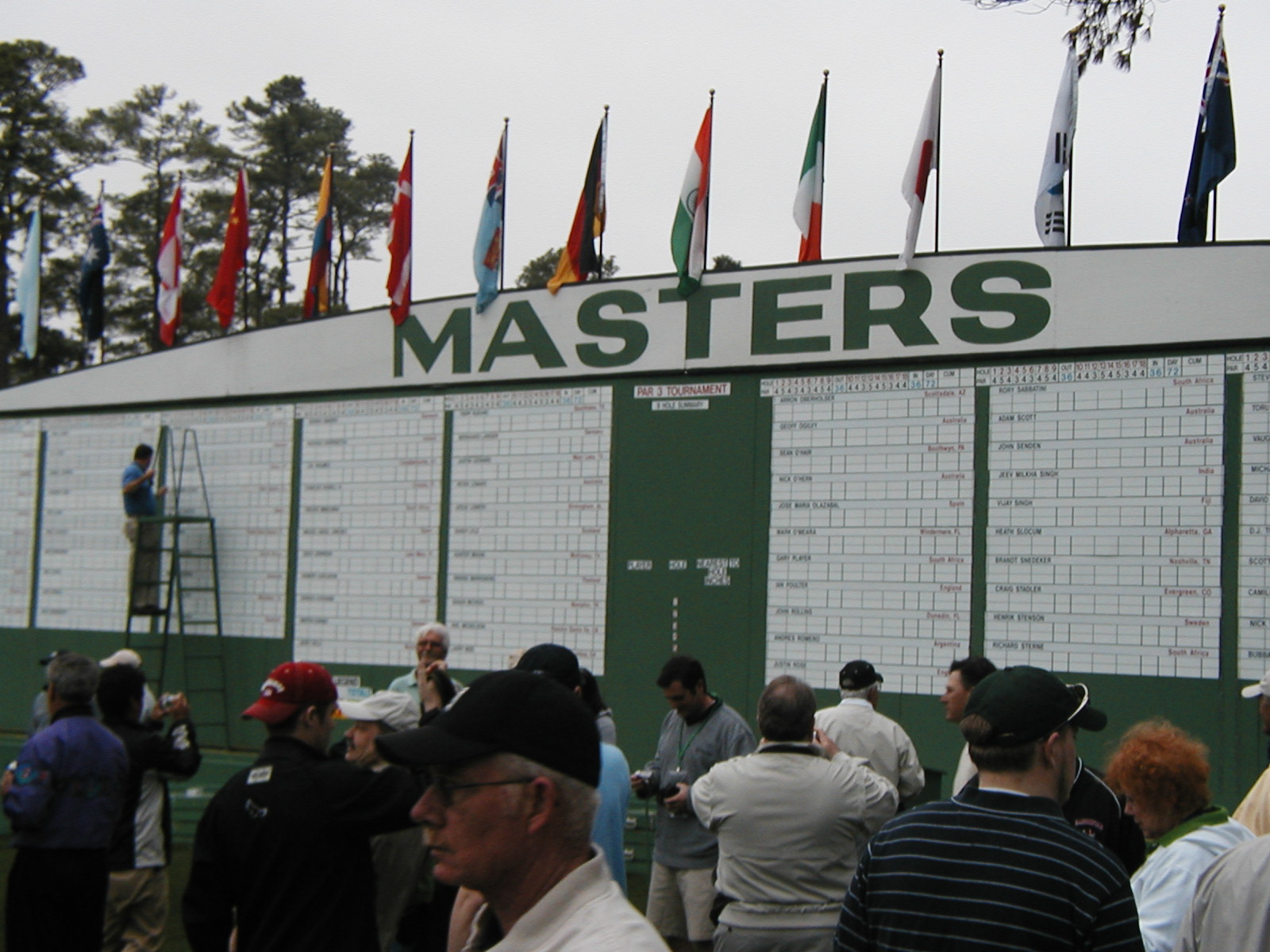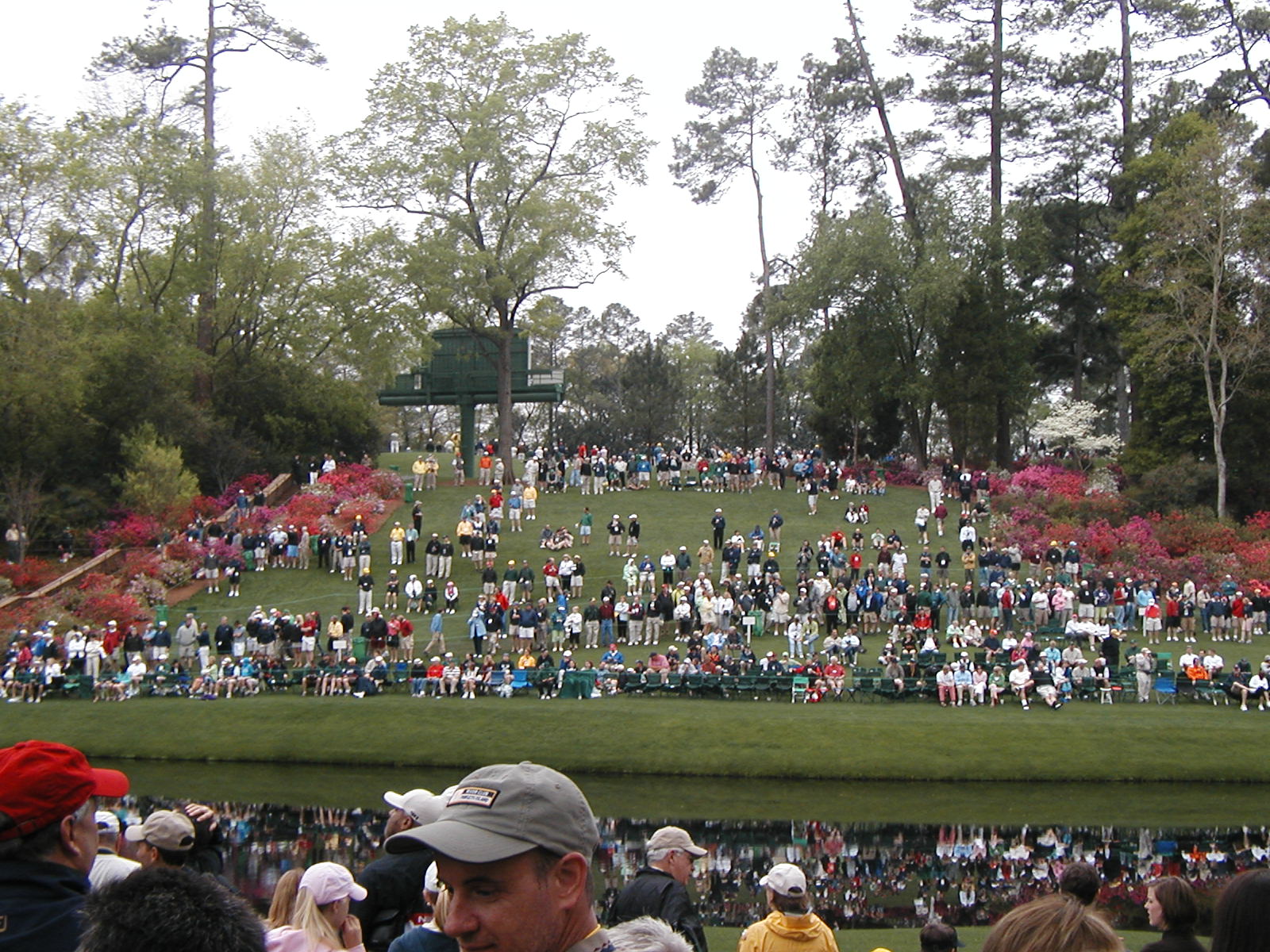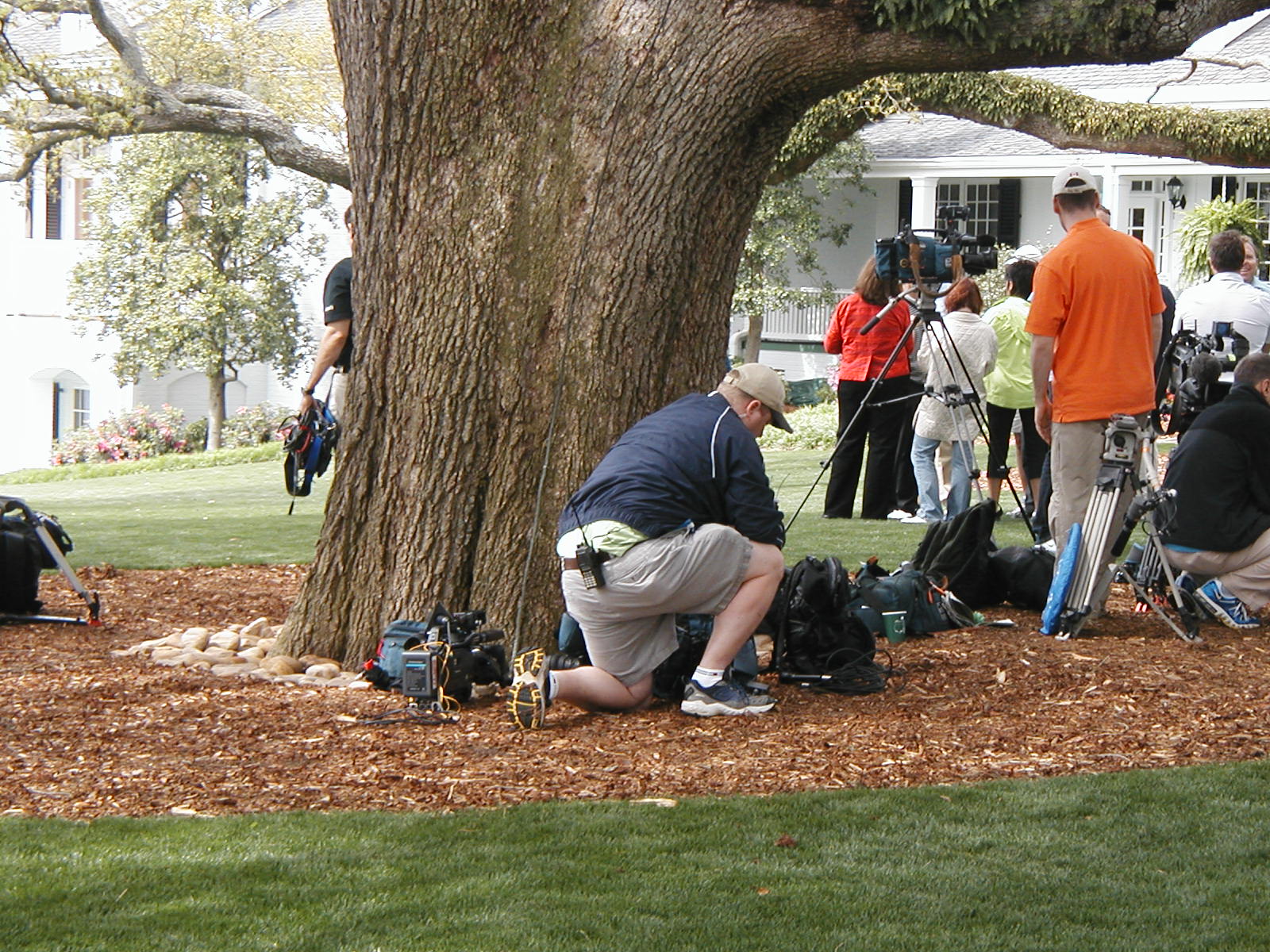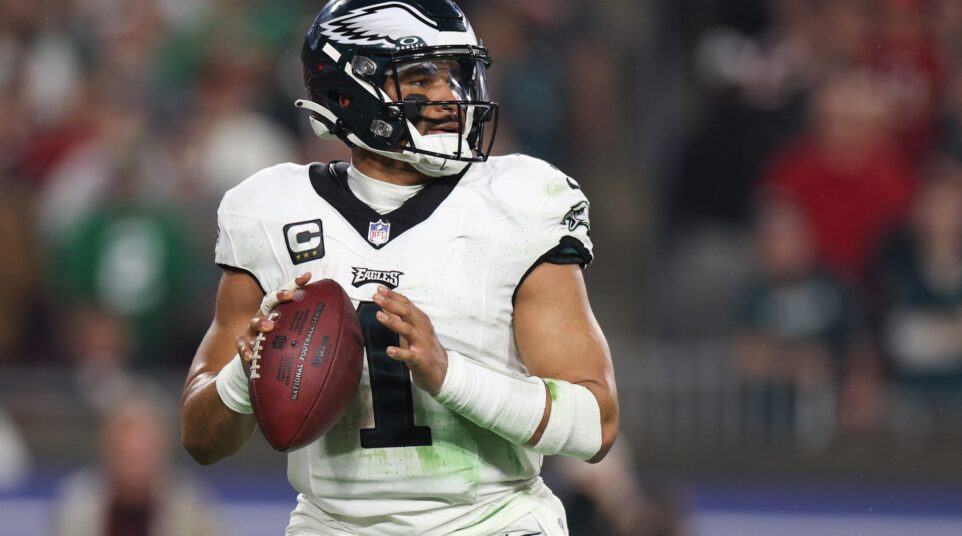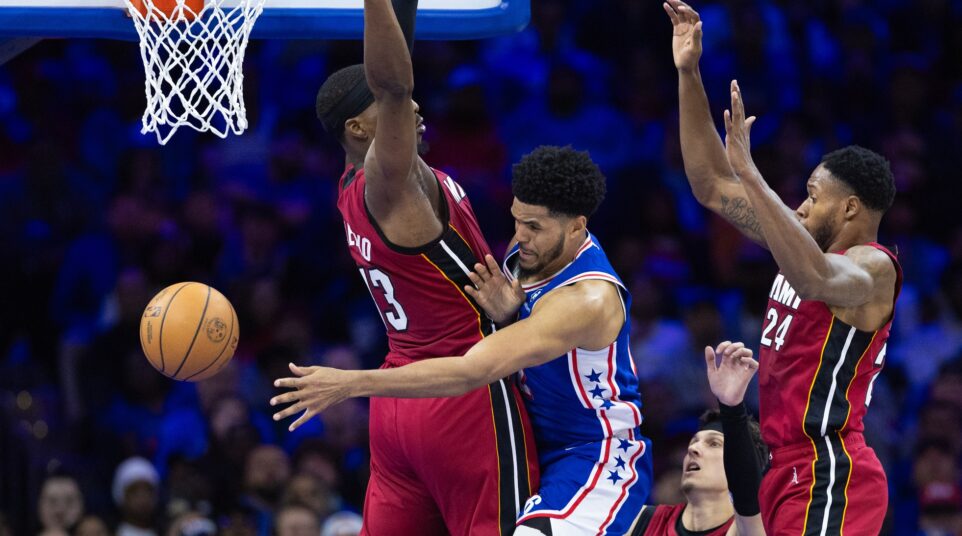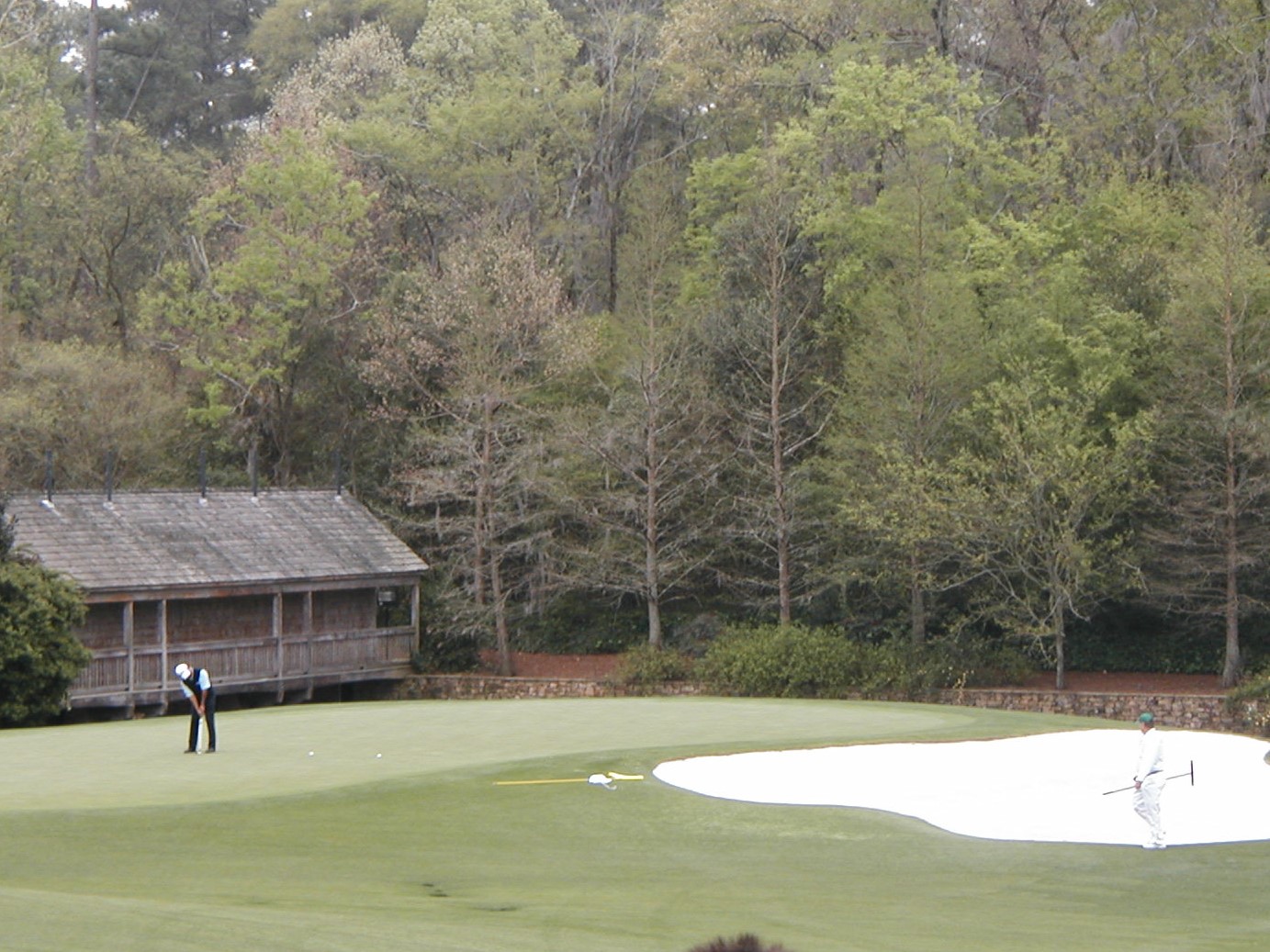
Put The Masters Tournament on Your Sports Bucket List
Long before returning to Philadelphia to take a gig with Eyewitness News, I was slogging through the graveyard shift at WJBF News Channel 6 in Augusta, Georgia.
It was a small town, kind of sleepy, sitting on the Savannah River and centering a metro area of about 600,000 people, which is 5.4 million fewer folks than what we’ve got up here. We were television market #117, sandwiched between the hustling and bustling cities of Fort Wayne and Reno on the Nielsen charts.
College football dominated Augusta, about 60/40 Georgia Bulldog to South Carolina Gamecock fans, with other SEC expats finding work in town. A couple of division two basketball programs, Augusta State and USC-Aiken, actually had a nice little rivalry going. High school football used to draw a few thousand people every Friday night, too, which was insane and very typically southern. This was the real deal, and it made games at Garnet Valley or St. Joe’s Prep look insignificant in comparison.
But the king sport in town was golf, obviously. I used to drive by Augusta National at 10:45 p.m. on my way to work, and there it was, just sitting across the street from an IHOP and a Christian book store – the most famous golf course in the world. All I could see was a brief glimpse of the clubhouse down Magnolia Lane, because massive trees blocked the rest of the course from sight. If you weren’t looking for it, you’d easily miss it.
Maybe The Masters is a niche thing, but you should put it on your bucket list and make the trip down there sometime, because it’s a really unique and enjoyable experience.
I went in 2008 and 2009, and I doubt much has changed in ten years’ time. The cool thing about the course is that it’s very old fashioned, from the scoreboard to the vendors and everything in between. And it’s not in some exotic location outside of the city proper, it’s located on a stretch called Washington Road, which I’d describe as a Baltimore Pike type of thoroughfare featuring all sorts of stores and fast food joints. You literally pass an Arby’s and an Olive Garden and then Augusta National is just up ahead, on your right.
The waiting list for tickets (known as badges) is something like years long, so you can either buy them for an arm and a leg off the internet, or stand outside the gates and buy used badges during the practice round days. I did the former in 2008 and the latter in 2009, throwing some guy $100 for his badges as he left the course early in the afternoon. My friend and I then used his passes for re-entry, followed Vijay Singh around the course, and walked around for a few hours before heading home. That move was risky, since there was no guarantee anyone would sell to us, but we got lucky.
I’d really suggest going for the practice rounds before the tournament starts, because the rules are different. You’re allowed to take photos and move around a lot more easily. Players are just casually moving through the course, getting a feel for the fairways and greens, and warming up ahead of round one on Thursday.
The first year, I went with my dad, grandfather, and godfather, and we followed Tiger Woods around for a few holes before peeling off and watching Phil Mickelson come around Amen Corner. When people say that “every inch” of grass is perfectly cut, they’re not bullshitting you. I worked on the grounds crew up at Bella Vista in Gilbertsville for three summers, and we’d never be able to get the course looking like this:
That pohot was shot with a late-90s Olympus digital camera, but even with crappy resolution you see how well-manicured the course is.
For context, our entire fleet at Bella Vista contained two John Deere triplex mowers, the big three-wheeled vehicles you use to cut the fairways. At Augusta, I saw five of those mowers on the same fairway, all cutting in a staggered line. They literally had more mowers on one fairway than we did in our entire fleet.
Another cool thing about The Masters is that the clubhouse and concessions are very simple and old school. When you enter the grounds, you come through a concourse with a shop on one side, bathrooms on the other, and then the food area. Here’s the entryway:
It gets tight in there, but the really unique thing is that they don’t rip you off. The merchandise is very fairly priced and the concessions are insanely cheap, because they don’t carry corporate branding, but essentially white label their products instead.
For instance, you might buy a pack of crackers at the tournament made by Lance, but the package would just say “peanut butter crackers” or something like that. Similarly, these sandwiches cost something like $2.50, and they’re made locally every morning and delivered to the tournament as such:
I think we spent something like $12 and came away with two sandwiches, two bags of peanuts, and two drinks. Twelve dollars at the Wells Fargo Center might get you one slice of pizza, right? One of those huge Lorenzo’s jawns.
The other minimalist feature of the course is the wooden signposts and scoreboards posted throughout. I don’t know if it’s been updated since, but this big old non-electronic scoreboard sits right near the clubhouse between the 18th green and 1st tee box:
You can even see homeboy on the ladder putting in the player names manually.
Another reason I recommend the practice rounds is because it’s a more laid back experience overall. Players sort of wing it as they go through the course, and you’ll often see stuff like this photo, which is Tiger and Mark O’Meara getting a feel for the 18th with multiple balls while hordes of people just sit there and watch:
You also get some quirks that happen only on Monday, Tuesday, and Wednesday.
One of the things you’ll see is people taking up spots on his hill that sits to the left of the 16th hole tee box. As the players walk towards the green, they normally stop and try to skip balls across the water and onto the green, which seems like a strange tradition, but it’s just a fun thing they do for the crowd before continuing on to putt:
I think the coolest thing about walking the course is just seeing the spots made famous from past tournaments. You come around Amen Corner and think about shots hit by Jack Nicklaus and Arnold Palmer (and Jordan Spieth, unfortunately). You see Rae’s Creek and The Big Oak Tree sitting on the course side of the clubhouse, which is a staging area for television crews as they interview players coming off the 18th:
But the coolest thing about The Masters is just this kind of trippy and nostalgic vibe you get walking around the course, like you teleported back to the 50s, but in a good way. There’s no corporate crap serving as a distraction and you aren’t blasted by ridiculous food and drink prices or modern day sports entertainment. There’s no music being pumped through loudspeakers, no fireworks, nobody jumping a motorcycle through a flaming hoop. It’s just a minimalist golf tournament without the assorted fanfare. Sure, there are negatives that come with all of that, and Masters organizers haven’t been the most progressive people over the years, but the tournament itself is one hell of an experience, just something different and unique and highly recommended. Augusta is only a 12 hour drive from Philly, or you can hop a connector to the airport from Charlotte or Atlanta, so it’s a super easy trip. Try to do it before you croak.



